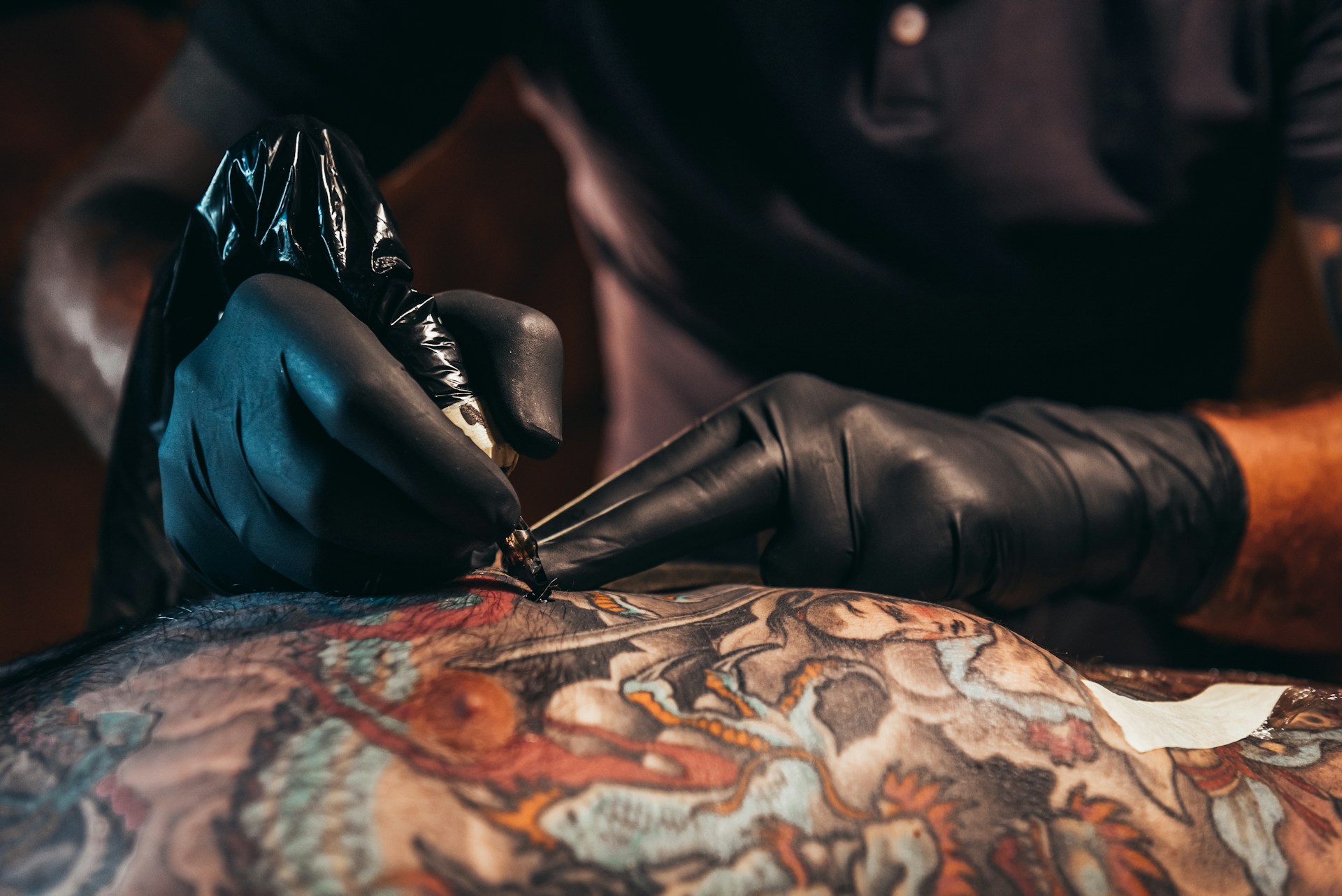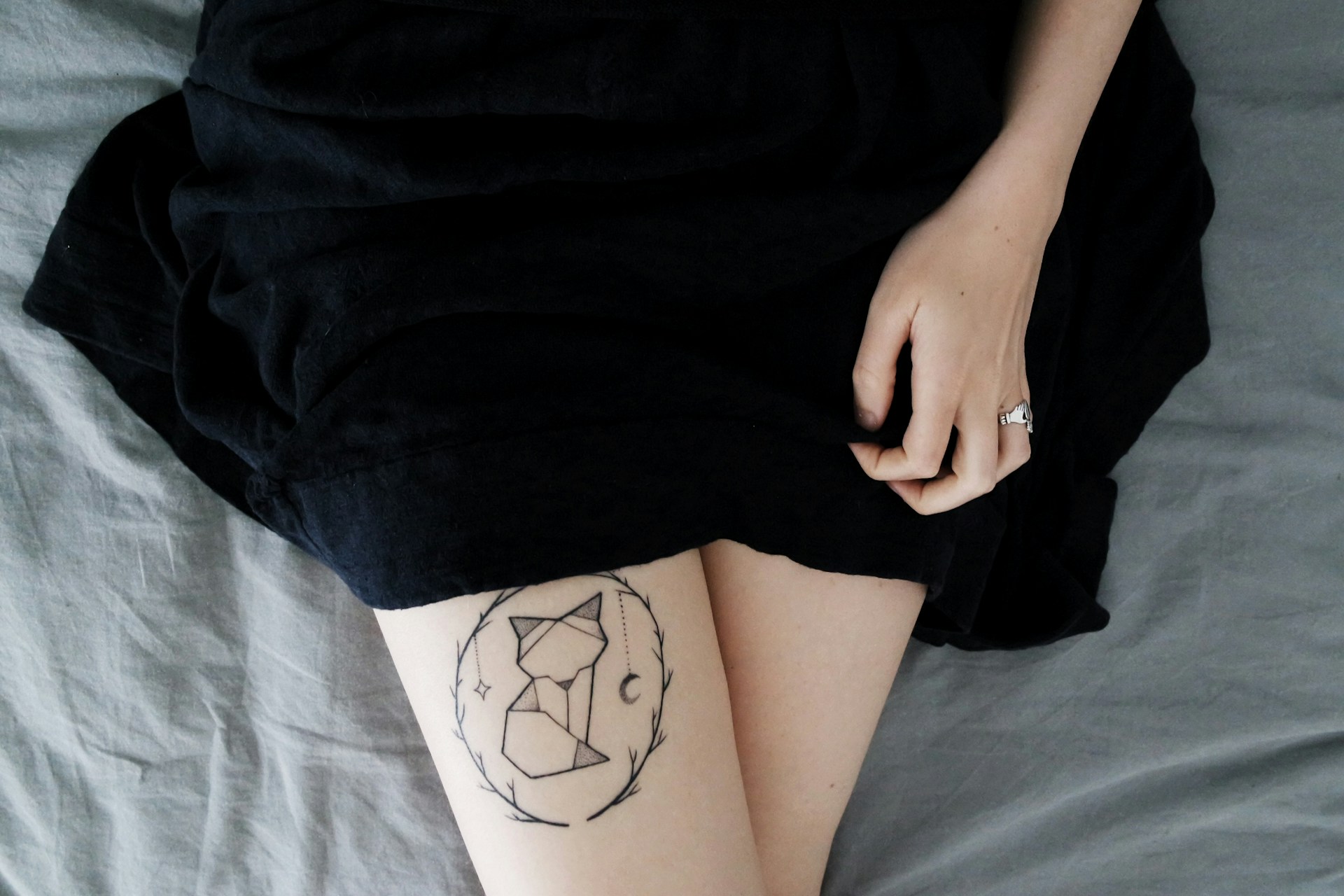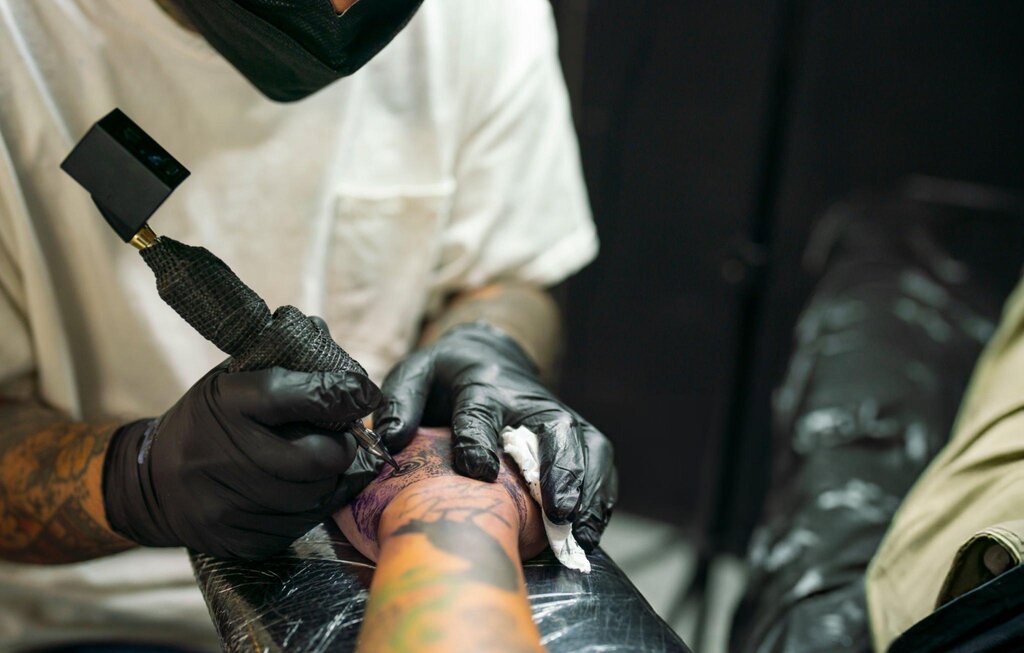Tattoos have captivated the human imagination for millennia, adorning the bodies of men and women across cultural, social, and geographical divides. As a timeless form of self-expression and personal identity, tattooing has left its indelible mark on generations throughout history.
In this blog post, we’ll explore the compelling history, cultural influences, and ever-evolving techniques of tattooing across eras and continents. From the ancient tribal markings of our ancestors to the contemporary masterpieces crafted by talented artists worldwide, you’ll discover a story that transcends time and location to reveal the universal appeal of this captivating art form.
The world of tattooing represents a remarkably diverse spectrum of styles, practices, and cultural significance. As we delve into the past, you’ll gain insights into the origins of various tattoo traditions and their impact on the dynamic body art landscape we know today. By tracing the evolution of tattooing, we aim to celebrate the richness, creativity, and passion that continue to shape this mesmerizing form of personal expression today.
Ancient Civilizations: Tattooing’s Early Beginnings
The art of tattooing dates back thousands of years, with archeological evidence placing its origins among numerous ancient civilizations across the globe. Among the earliest known tattoos are those found on the famous Ice Man, Ötzi, who lived around 3300 BCE. His body, preserved in ice, bore an astounding 61 tattoos.
In ancient Egypt, tattoos held spiritual and protective significance. Mummies dating from 2000 BCE have been discovered bearing intricate tattoo designs on their bodies. Additionally, the Polynesian people are renowned for their intricate, geometric tattoos, a technique called “tatau,” which dates back to 1000 BCE.
Ancient civilizations utilized tattoos for a variety of purposes, including social status, spiritual protection, and even medical treatments. These early practices laid the groundwork for the diverse and intriguing art form we know today.
Tattooing in the Age of Exploration: The Meeting of Old and New Worlds
The Age of Exploration, spanning the 15th to the 18th century, brought forth opportunities for cultural exchange as Europeans encountered indigenous peoples in various continents. This period led to the resurgence of interest in tattooing among Western societies.
During Captain James Cook’s voyages to the South Pacific in the 18th century, he and his crew discovered the tattooing practices of the local indigenous people. Cook’s crew were among the first Europeans to adopt tattoos, bringing this art form back to Europe and inciting a newfound fascination with this ancient practice.
The 19th century saw the popularization of tattoos in Western society and among the upper classes. Iconic figures such as Winston Churchill’s mother, Lady Randolph Churchill, sported tattoos. Tattooing across different social classes gave rise to an eclectic range of designs, reaffirming the multifaceted nature of this art form.
The Industrial Revolution: The Birth of Modern Tattooing Equipment
The Industrial Revolution ushered in a new era in the history of tattooing, as inventors developed the first mechanized tattooing equipment. Among the most notable inventors was Samuel O’Reilly, who introduced the electric tattoo machine in 1891. O’Reilly’s invention significantly increased the speed of tattooing, making it more accessible and affordable for the general public.
During the early 20th century, tattooing flourished, appearing on the bodies of sailors, soldiers, and social outcasts. The emergence of the traditional Americana style, popularized by legendary artist Sailor Jerry, further propelled tattooing into mainstream culture. This era marked the beginning of modern tattooing as we know it, with advancements in technology facilitating a diverse array of styles and techniques.
The Tattoo Renaissance and the 21st Century: Breaking Boundaries
The latter part of the 20th century saw the emergence of what is commonly referred to as the Tattoo Renaissance. Sparked by an upsurge of creativity, technique, and innovation in the field, this period marked a shift in public perception as tattooing became more widely accepted in mainstream culture.
Pioneering tattoo artists, such as Don Ed Hardy, amalgamated various styles and artistic influences to create groundbreaking designs. Their work paved the way for the vibrant and varied tattoo landscape we see today.
Entering the 21st century, we have witnessed an explosion of creativity in the tattoo world, with styles ranging from realism, geometric, and watercolor to innovative combinations of various techniques. Improved equipment, along with a growing number of talented and dedicated artists, continues to elevate the art form to new heights.
Conclusion: Celebrating the Rich Legacy of Tattooing
The history of tattooing is a captivating tale of resilience, creativity, and diverse cultural expression that spans millennia and transcends geographical boundaries. From the ancient origins of tribal markings to today’s plethora of captivating styles, tattoos have retained their power to captivate, inspire, and communicate our unique personal stories.
As the best tattoo shop in Buffalo, Lucky Deville Tattoo Co continues to hone our state-of-the-art techniques and designs, celebrating and honoring the rich legacy of tattooing that has paved the way for this remarkable art form. Our team of tattoo artists creates exceptional, personalized works of body art for our clients, we draw inspiration from the fascinating journey of tattooing through time and across cultures that has ultimately led us to where we stand today. Embrace the past as we step boldly into the future, pushing the boundaries of creativity and taking pride in the incredible tapestry of experiences, ideas, and artistry that define the indelible world of tattooing. Contact us today to schedule an appointment!



